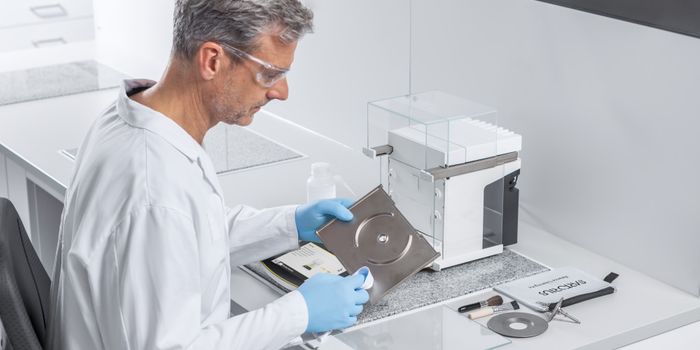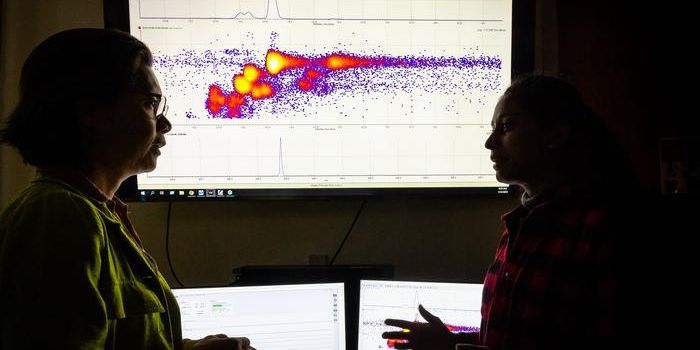The Remarkable Life of Marie Skłodowska Curie
November 7 was the birthday of Marie Skłodowska Curie, a pioneer of nuclear research who achieved many "firsts" in the world of science. She was the first woman to become a professor at the revered University of Paris, the first woman ever to win a Nobel Prize and the first person to win twice (and the only person to win in two different categories).
She was awarded the 1903 Nobel Prize in Physics alongside with her husband Pierre Curie and physicist Henri Becquerel, in recognition of their joint researches on ionizing radiation. Eight years later, she won again but in chemistry, for her discovery of radium and polonium, and the isolation and the study of radium.
What distinguishes her from other experimental scientists who spent their entire career in the laboratory was her service as a military doctor during the First World War. Using her own money she assembled a world's mobile radiological vehicle that provided onsite X-ray diagnosis to wounded soldiers. Curie directed the installation of many more of these radiological units at field hospitals. They were popularly known as Petites Curies or Little Curies. It was estimated that about one million wounded soldiers benefited from the service of the Little Curies, but the scientist-turned-radiologist never received any formal recognition from the then French government.
Given the contributions Marie Curie had made to many aspects of the modern society, no wonder many consider her work was indeed "epoch-making".
Source: TED-Ed via Youtube








